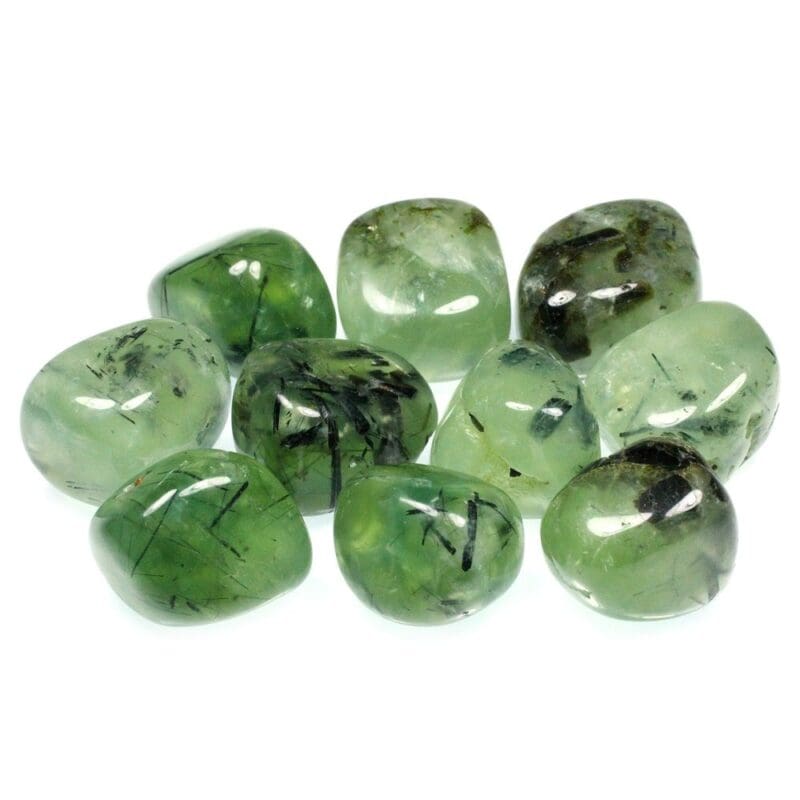The Fascinating World of Prehnite: A Guide for Geologists
Welcome to the fascinating world of prehnite! If you’re a geologist, you’ll know that prehnite is a calcium aluminum silicate mineral that is often found in metamorphic rocks. But there’s so much more to this mineral than meets the eye.
Prehnite was first discovered in the 18th century by Dutch mineralogist, Hendrik von Prehn. It was named after him and is often referred to as “the stone of prophecy” because it was believed to have mystical properties that could help people see the future. While we can’t confirm these claims, we can confirm that prehnite is a beautiful and fascinating mineral that has a lot to offer to the world of geology.
One of the most interesting things about prehnite is its chemical composition. It is made up of calcium, aluminum, and silicate, which gives it a unique set of properties that make it valuable to geologists. For example, prehnite is often used as an indicator mineral because it can help geologists identify the presence of other minerals in an area. This is because prehnite is often found in close proximity to other minerals, such as quartz, feldspar, and mica.
Prehnite is also important because it can help geologists understand the geology of an area. When prehnite is found in metamorphic rocks, it can indicate that the rock has undergone significant changes due to heat and pressure. This information is valuable because it can help geologists understand the history of an area and how it has changed over time.
In addition to its scientific value, prehnite is also a beautiful mineral that is often used in jewelry and decorative items. It is usually a pale green color, but it can also be found in shades of yellow, white, and gray. Its delicate appearance makes it a popular choice for collectors and those interested in mineral specimens.
In conclusion, prehnite is a fascinating and valuable mineral that has a lot to offer to geologists and those interested in the Earth’s history and geology. If you’re a geologist, we hope this guide has given you a better understanding of the importance of prehnite and how it can be used in your work.

